As I look at the historical properties scattered across the Australian outback I’m constantly reminded of the brilliance in architecture and the quality of workmanship. It’s amazing that so many of these structures are still standing today, capturing a plethora of stories and memories, enabling us to share in the moments of time from our pioneering past.
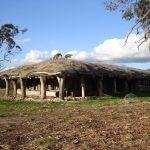 One property that particularly stands out for me is Clayton Farm in South Australia. Clayton Farm is a short 3km drive south of Bordertown, on the Naracoorte Road. Bordertown is where the Dukes Highway and railway both cross Tatiara Creek, and it’s the birthplace of former Australian Prime Minister Bob Hawke. The agriculture in the area consists mainly of cereal crops and livestock and the area has a rich history that goes back to Bordertown’s establishment in 1852.
One property that particularly stands out for me is Clayton Farm in South Australia. Clayton Farm is a short 3km drive south of Bordertown, on the Naracoorte Road. Bordertown is where the Dukes Highway and railway both cross Tatiara Creek, and it’s the birthplace of former Australian Prime Minister Bob Hawke. The agriculture in the area consists mainly of cereal crops and livestock and the area has a rich history that goes back to Bordertown’s establishment in 1852.
The Clayton Farm homestead dates back to 1885 after the Weise family first acquired the land in 1872. Twenty-nine years later the woolshed was built in 1901, the same year as the Federation of Australia and the year that Edmund Barton took his seat as Australia’s first Prime Minister.
For all the advances in democracy, life in rural Australia remained quite unchanged in some areas. Clayton Farm consisted of four thatched roof buildings and like many properties of the time resembled a small village with its stables, a blacksmith shop, chaff shed, cellar, hay shed and of course, the homestead. Although the woolshed doesn’t compare in size to others that I’ve previously written about, it is the largest thatched roofed woolshed in the southern hemisphere, and its construction in 1901 was quite a feat, with some extraordinary features that bear testament to the ability of the craftsmen.
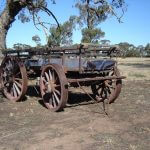 The builders used whole tree trunks as supporting posts, with vertically fixed split slabs (lengths of wood) making this woolshed look like it’s literally rising up from the ground. A dirt floor completes the structure.
The builders used whole tree trunks as supporting posts, with vertically fixed split slabs (lengths of wood) making this woolshed look like it’s literally rising up from the ground. A dirt floor completes the structure.
In 1980 the owner Jeff Wiese gave the Bordertown Agricultural Museum Inc permission to host vintage field days on Clayton Farm. Eventually he leased 3.48ha of the land to the Museum so they could display their collection of vintage farm machinery on the property.
This heritage-listed property is now under the care of the Tatiara District Council, and has been lovingly restored as the Clayton Farm Historic Site and Agricultural Museum. During the restoration process the builders remained authentic, using materials such as local gums, grasses and limestone. Antique farm machinery, original farm implements and tractors are scattered across the property, adding to the charm and nostalgia. Even the house takes you back in time, decorated with furniture and memorabilia that was left behind by the last of the family members. A very personal glimpse into our pioneering past.
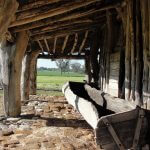


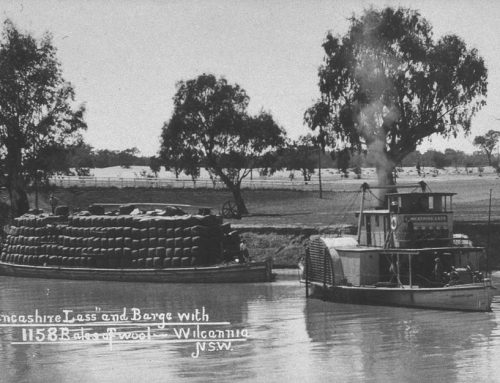

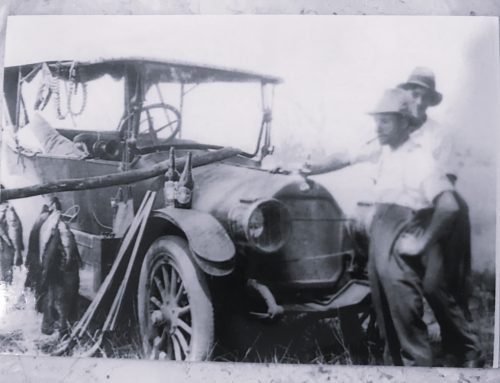
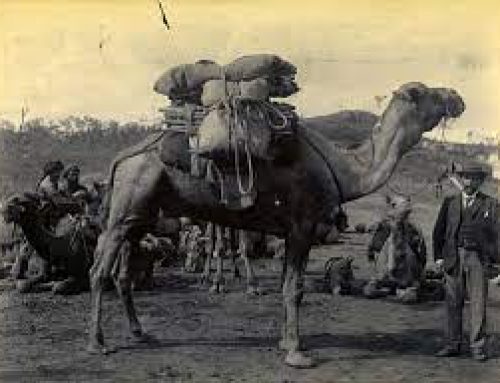
Leave A Comment